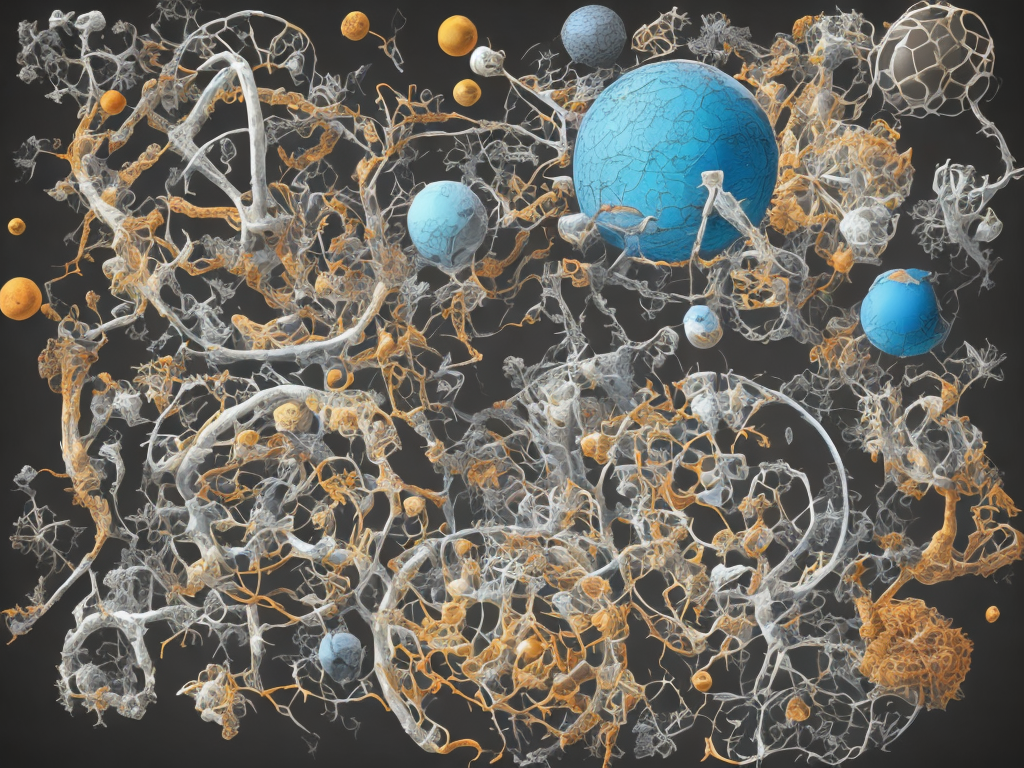
Respiration is the process by which living organisms obtain energy from their food. It is a fundamental process that occurs in all living cells, whether they are plants, animals, or bacteria. Respiration can occur in two different ways: aerobic respiration and anaerobic respiration. In this article, we will explore the difference between these two types of respiration.
Aerobic respiration is the most common form of respiration and occurs in the presence of oxygen. It is a complex metabolic pathway that takes place in the mitochondria of cells. The process involves the breakdown of glucose, a simple sugar molecule, to produce energy in the form of adenosine triphosphate (ATP). The equation for aerobic respiration can be summarized as follows:
C6H12O6 + 6O2 → 6CO2 + 6H2O + ATP
In this equation, glucose (C6H12O6) reacts with oxygen (O2) to produce carbon dioxide (CO2), water (H2O), and ATP. The complete oxidation of glucose can produce up to 38 molecules of ATP, which is the energy currency of cells.
Aerobic respiration is a highly efficient process as it produces a large amount of ATP. It occurs in the presence of oxygen because the oxygen molecule acts as the final electron acceptor in the electron transport chain, which is the last step of aerobic respiration. The breakdown of glucose into carbon dioxide and water releases a large amount of energy, which is used to generate ATP. This energy is then used by cells to carry out various cellular processes.
In contrast, anaerobic respiration occurs in the absence of oxygen or when oxygen levels are low. It is a less efficient process compared to aerobic respiration and occurs in the cytoplasm of cells. Anaerobic respiration can take different forms depending on the organism involved.
One common form of anaerobic respiration is fermentation. Fermentation occurs in some types of bacteria, yeast, and certain cells in the human body, such as muscle cells. Unlike aerobic respiration, fermentation does not involve the complete breakdown of glucose and does not produce carbon dioxide or water as byproducts. Instead, it produces lactic acid or ethanol, depending on the organism. The equation for fermentation can be summarized as follows:
C6H12O6 → 2C3H6O3 + ATP (lactic acid fermentation)
C6H12O6 → 2C2H5OH + 2CO2 + ATP (ethanol fermentation)
In lactic acid fermentation, glucose is converted into lactic acid, while in ethanol fermentation, glucose is converted into ethanol and carbon dioxide. Both types of fermentation produce ATP, although in smaller amounts compared to aerobic respiration. This is why anaerobic respiration is less efficient in terms of ATP production.
Anaerobic respiration is an important process because it allows cells to continue producing ATP even when oxygen is limited. For example, during intense physical exercise, muscles may experience oxygen depletion, leading to anaerobic respiration and the production of lactic acid. This buildup of lactic acid is what causes muscle fatigue and soreness.
In summary, the main difference between aerobic and anaerobic respiration lies in the presence or absence of oxygen. Aerobic respiration occurs in the presence of oxygen and is a highly efficient process that produces a large amount of ATP. It involves the complete breakdown of glucose into carbon dioxide and water. On the other hand, anaerobic respiration occurs in the absence of oxygen and is a less efficient process that produces less ATP. It involves partial breakdown of glucose and can lead to the production of lactic acid or ethanol. Understanding the difference between these two types of respiration helps us appreciate the diverse ways in which organisms obtain energy.
 Self-Instruct
Self-Instruct